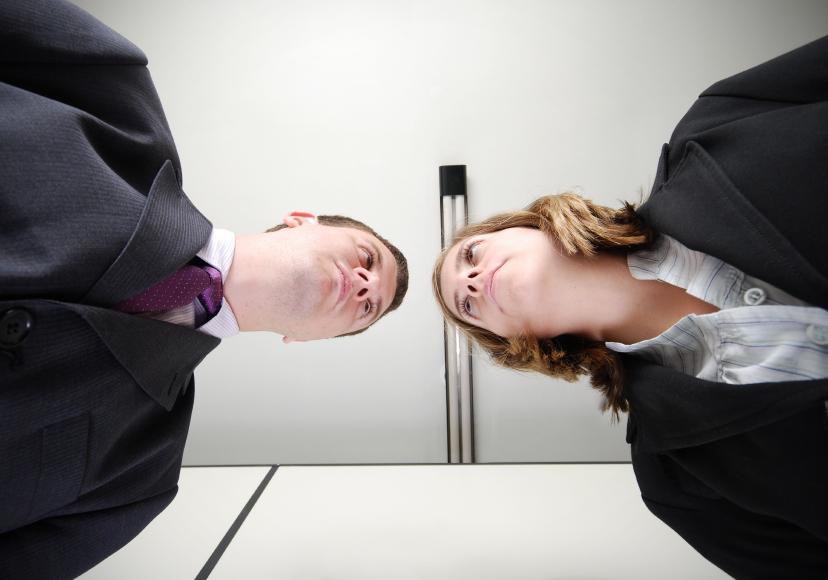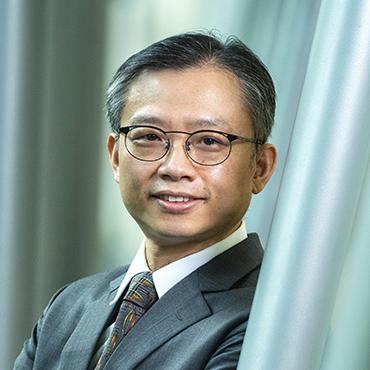
Henrik Nielsen knew he was on to a good thing when he directed members of the Nielsen Innovation team to design a hand-held espresso machine back in 2005. When Fiat came on board eight years later, unveiling a bespoke version of the innovative drink-maker in its 500L model at the Paris Motor Show, interest sky-rocketed.
As detailed in my case study with Manuel Sosa, INSEAD Professor of Technology and Operations Management and research associate Anne-Marie Carrick, Handpresso’s journey from an innovative idea to an alliance portfolio with big name brands such as Lavazza and Fiat, involved a lot of perseverance and a little luck, and is a classic example of how important both alliances and partnerships are for a business’s growth.
It’s never too early to grow your global network and while potential partners may not jump on board at the first meeting, just speaking with them indicates their openness towards the invention. The memory of it lingers, and when your product is right, the door is already open.
A simpler and easier way to make espresso
Henrik Nielsen moved to France from Denmark in 1990 to take up a position as project manager at Moulinex Krups’ European Research Centre. Experience gained during his years with the household appliance company, convinced him not only was there a simpler and easier way of engineering espresso machines but a new market space was opening up for a hand-held product targeted at “on the go” people, campers, small households and the like.
It was a low budget start. Trainees worked on the initial concept and money which would otherwise have been spent on formal market or consumer research was directed towards design and tooling.
After studying the coffee-making process the team concluded that there were two main requirements for good espresso: the correct amount of pressure and the right water temperature. It was decided early on that the machine would not include an internal water heating device, as it was a complex process, relying instead on preheated water from a kettle or thermos. A machine was developed using a hand pump mechanism that reached the 16 bar pressure required.
At this point Henrik approached two leaders in the espresso market – Nespresso and Sara Lee. After filing utility patents and securing non-disclosure agreements, he met with the companies’ marketing managers, engineers and IP heads on at least two occasions. Unfortunately neither was interested in purchasing or even licensing Handpresso, noting their concerns that the water temperature couldn’t be guaranteed to maintain the perfect heat to ensure a good espresso was made from their product.
Informal partnership
Unperturbed Handpresso went it alone. Once the team had built a prototype that produced high quality coffee, they showed it to the top management at leading coffee maker, Illy. Impressed with the idea, Illy entered into an informal partnership giving the go ahead to use their easy serve espresso (ESE) pods and helping optimise the infusion process.
Meanwhile other team members were working on the machine with regards to colour, weight, and development of a valve mechanism to indicate when the crucial 16 bars of pressure had been reached. With the product almost completed it was necessary to build a business around it and the Handpresso company was launched in November 2006.
The first product Handpresso Wild was launched in January 2008 at the Milan Show. This was followed by shows in Paris, Frankfurt and Chicago. By 2009 Handpresso was distributed in 25 countries, and within two years 100,000 machines had been sold, assisted by Henrik’s wife Catherine who, in her role as head of marketing and communications, had targeted the trendsetting blogs that were springing up across the virtual world. High margins were given to distributors so they would invest in communications within their own country. Over time the company won eight prestigious awards for its innovative product.
In April 2007 Jérôme Schlegel a manager with vast experience in international distribution and high-end fashion products took over as CEO while Henrik concentrated his efforts innovating two new versions of the machine: Handpresso Wild Hybrid, that would use both ESE and ground coffee; and the Handpresso Auto, an espresso machine for the car using the same technology as the handheld product but heating the water using the 12v cigarette lighter.
Sadly Henrik didn’t see the launch of either. He died suddenly in December 2011.
Time to grow … fast
The delayed launch in February 2012 met with little initial enthusiasm but a month later, after being mentioned in a U.S. blog, visits to the company website jumped from 300 to 12,000 and the team knew they had to grow the business rapidly before another player moved in. The plan was to expand through partnerships with large companies who would bring credibility to the innovation. Contact was re-established with Illy and Lavazzo, both of whom had shown interest in the portable machine but were not convinced it could produce consistently high-quality coffee because of the water temperature. With the addition of the electric-powered automatic machine their doubts were allayed.
Lavazza moved quickly negotiating a deal on their capsules in return for an initial three-year partnership with Handpresso, encouraging the R&D team to push the technology a step further to fine tune the product.
Accelerating growth
It was then luck really fell Handpresso’s way. Lavazza had been approached by Fiat who intended to include a coffee machine in a new model car. The machine would be based on Handpresso’s technology using Lavazza’s capsules and would be integrated directly into the vehicle – not using a plug-in lead as with other models.
“This was a turning point for the company as we were first endorsed by Lavazza, then Fiat,” Jérôme said noting the relationships gave Handpresso much-needed credibility. “People are now sure of our quality and reliability, plus there’s been widespread press coverage. All this spills over into our other businesses, in particular the hand-held machine.”
Handpresso is a great example of how an idea can take off. The company made a series of correct decisions, they got the machine out and sales going early. They developed areas of the product in which potential partners had expressed uncertainty and they were able to hook up with collaborators to get into cars . They were lucky to be introduced to Fiat by Lavazza at the right time, but they had prepared so when luck came they were ready to take the opportunity.

Henrich Greve is Professor of Entrepreneurship at INSEAD.
-
View Comments
-
Leave a Comment





No comments yet.